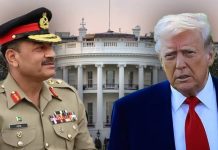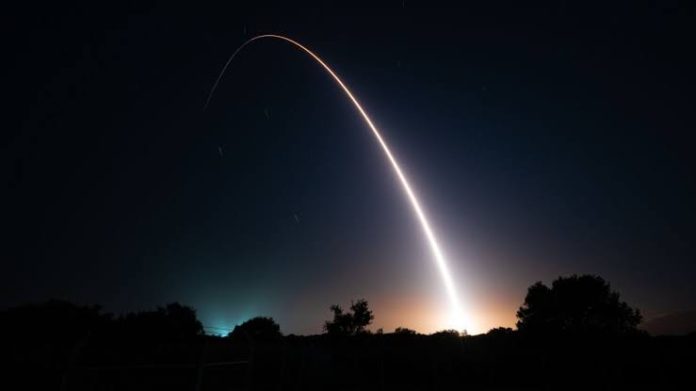The United States Air Force launched a nuclear-capable Minuteman III intercontinental ballistic missile (ICBM) from the Vandenberg Space Force Base in California on Wednesday morning. Although unarmed, the missile’s launch was part of a scheduled test designed to reaffirm the readiness and reliability of America’s nuclear deterrent arsenal.
Traveling at an astonishing speed of 15,000 miles per hour, the Minuteman III missile covered 4,200 miles before reaching its designated impact site in the Marshall Islands. The Air Force emphasized that the test was pre-planned and unrelated to any ongoing global developments. According to military officials, over 300 similar launches have been conducted as part of routine assessments to ensure the safety, security, and effectiveness of the U.S. nuclear arsenal.
General Thomas Bussiere, commander of the U.S. Global Strike Command, highlighted the significance of the launch, stating, “This ICBM test launch highlights the strength of the nation’s nuclear deterrent and the readiness of the ICBM leg of the triad.” His remarks point to the context of America’s strategic defense system, which is built upon the nuclear triad: long-range bombers, stealth submarines equipped with nuclear-armed missiles, and approximately 400 land-based Minuteman III missiles.
Initially developed in the 1970s, the Minuteman program has undergone continuous upgrades over the decades to adapt to evolving threats. However, the system is slated for replacement by the more advanced Sentinel missile platform. Despite this modernization plan, the Sentinel program has faced delays and budgetary setbacks, making tests like Wednesday’s even more critical in maintaining confidence in the current deterrent.
Reaffirming the non-provocative nature of the launch, the Air Force noted, “The test launch is part of routine and periodic activities designed to demonstrate that the United States’ nuclear deterrent remains safe, secure, reliable and effective in deterring 21st-century threats and reassuring our allies.”
Read more: What Putin’s New Nuclear Weapons Doctrine Means for Global Security


























